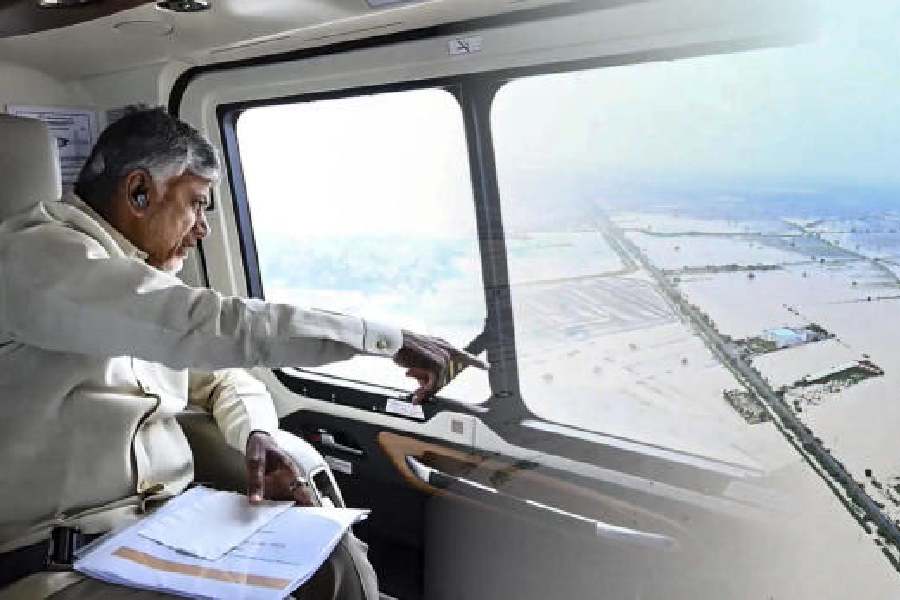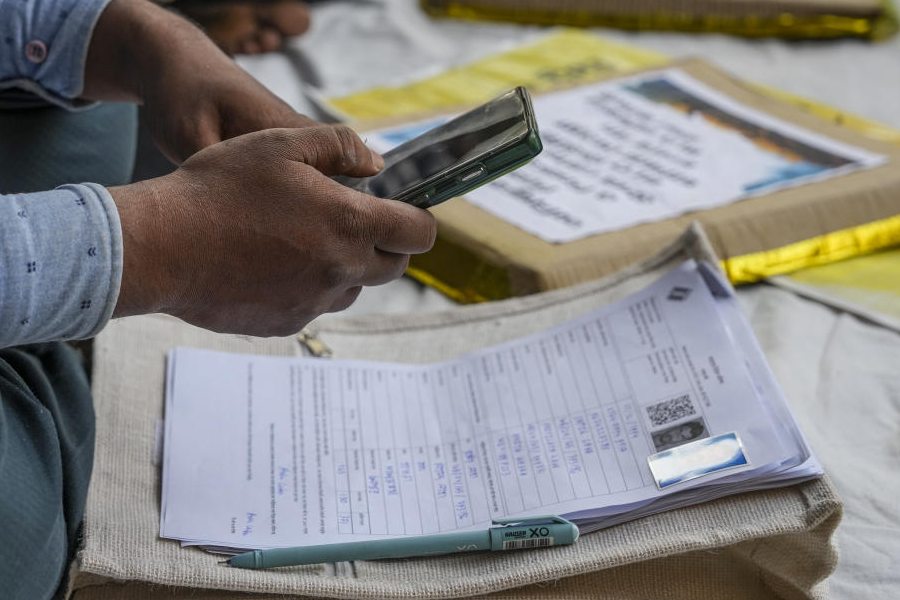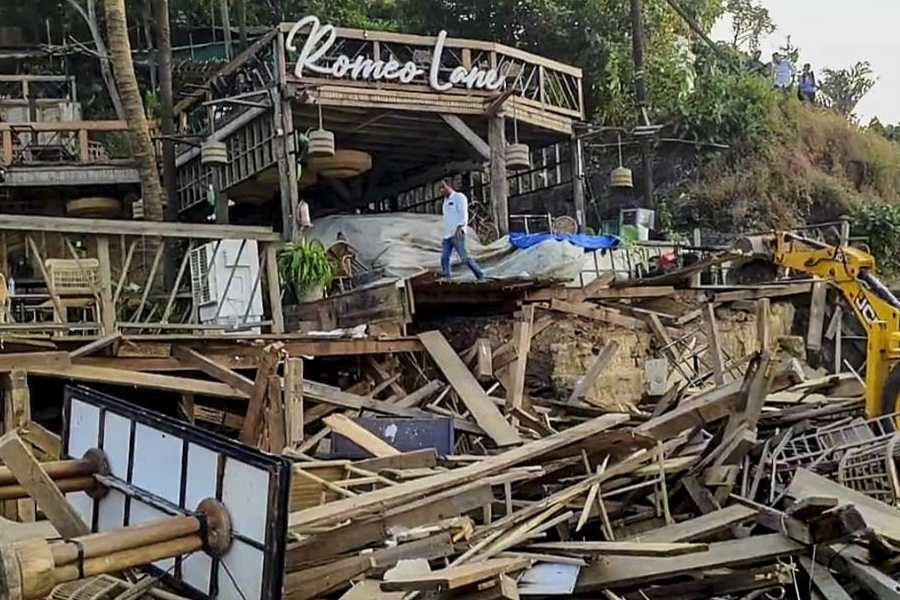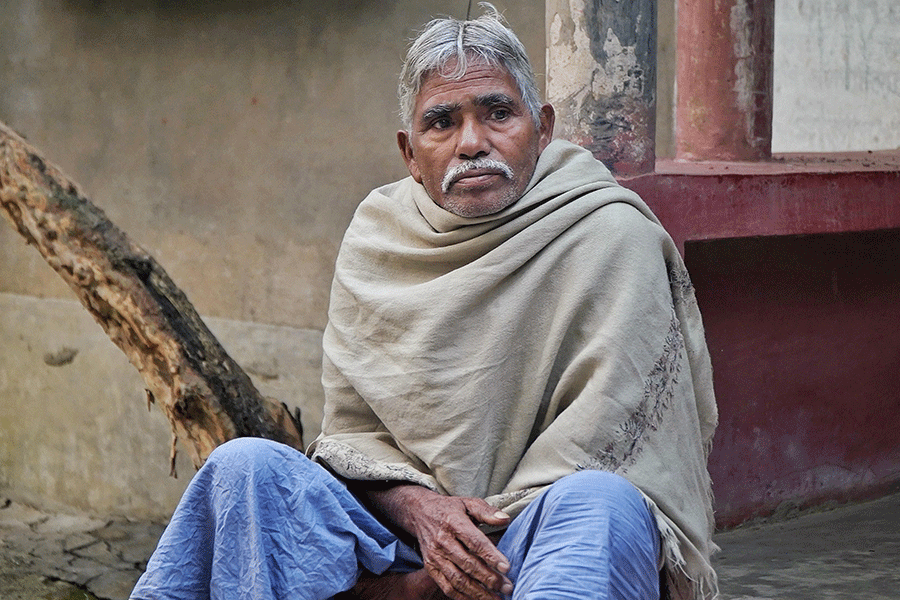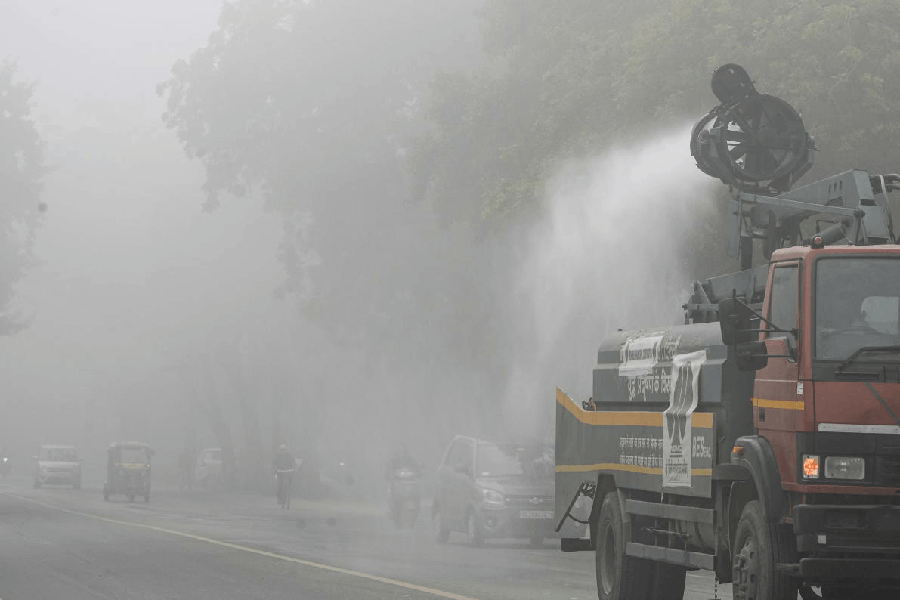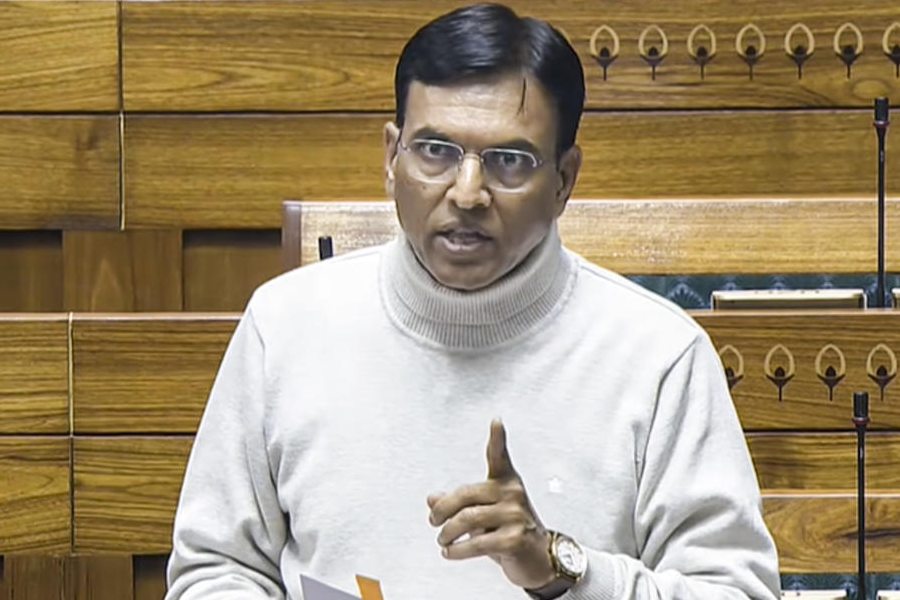Odisha was largely spared the wrath of Cyclone Montha that made landfall in neighbouring Andhra Pradesh on Tuesday night, even as heavy rain and strong winds lashed parts of southern Odisha and Telangana, leaving a trail of damage.
While two people were killed in Andhra Pradesh, no casualties were reported in Odisha, where timely evacuation and preparedness averted major loss. Revenue and disaster management minister Suresh Pujari said the cyclone changed its path slightly at the last minute, touching land near Amalapuram instead of Kakinada, thus “sparing Odisha from severe devastation”.
“So far, 33 blocks and 11 urban areas have been hit. There are reports of damage to thatched houses and minor infrastructure losses. Detailed assessment will begin on Thursday,” Pujari said. Around 50,000 people were evacuated from low-lying areas, including 8,804 pregnant women, leading to 1,061 safe deliveries during the cyclone.
Rain continued across Odisha on Wednesday, though its intensity decreased by evening. Gosani block in Gajapati district recorded the highest rainfall of 150mm, while Bhubaneswar also saw steady showers. Landslides were reported from Rayagada, Gajapati and Malkangiri, but roads were swiftly cleared. In Ramagiri-Badagaon Ghat, falling boulders briefly blocked the main road linking Gajapati and Ganjam districts.
Pujari said Odisha’s improved disaster response system, built since the 1999 super cyclone that killed over 10,000 people, helped avert a tragedy. “We treat every life as precious. Odisha’s zero-casualty goal is not just an ambition but a commitment,” he said.
October 29, the anniversary of the 1999 super cyclone, is now observed as Disaster Preparedness Day in the state. Since then, Odisha has developed a robust disaster management system, establishing the Odisha State Disaster Management Authority (OSDMA) in 2000 — the first such body in India. The OSDMA coordinates relief, reconstruction, training and partnerships with UN agencies, NGOs and district authorities.
An apex State Disaster Management Committee (SDMA), headed by the chief minister, was set up in 2010, with the special relief commissioner serving as its key coordinator. The Odisha Disaster Rapid Action Force (ODRAF), comprising trained personnel from the police and fire services, has evolved into a specialised rescue unit equipped with over 80 modern gadgets for crisis response.
Meanwhile, Andhra Pradesh bore the brunt of Montha’s heavy rains on Tuesday and Wednesday. The cyclone left two persons dead, damaged standing crops over 1.50 lakh acres and disrupted power and transportation
Chief minister N. Chandrababu Naidu undertook an aerial survey of the cyclone-affected areas, which included Bapatla, Palnadu, Krishna, Konaseema and Eluru districts. Citing preliminary estimates, the government noted on Tuesday that standing agricultural crops in as many as 38,000 hectares were destroyed due to the impact of Montha.
Several trains were cancelled or diverted due to waterlogging at Dornakal yard in Mahabubabad district, while TV visuals from Khammam showed a truck being swept away in an overflowing stream.
On Wednesday morning, heavy rain accompanied by gales lashed Vijayawada city and a number of trees were uprooted and several roads were inundated under the impact of Cyclone Montha.
As Odisha and Telangana continue restoration work, officials in both states credited timely preparedness for minimising damage from Montha that could have otherwise proved far more destructive.

